The Samsung Galaxy Note7 (S820) Review
by Joshua Ho on August 16, 2016 9:00 AM ESTSoftware UX: TouchWiz Redesigned
If you read the Galaxy S7 review it was probably fairly evident that I found the design of TouchWiz as well as the performance of the software in general to be fairly lacking. It seems that people within Samsung found this to be the case as well as with the launch of the Note7 it’s clear that they’ve significantly changed the design of TouchWiz.
To start our examination of Samsung’s UI we can start with the homescreen. Right away it’s fairly obvious that the iconography is a lot better than it was before. Things like the camera application and email application no longer use strong, saturated colors. Instead we see more neutral pastel colors that fit in with Android icons in general and look a lot less out of place. The icons in general are just a lot less cluttered and have a cleaner look as well with the use of a simple envelope and letter instead of a letter sealed with an @ which complicated the design. The phone icon similarly no longer has random hatched squares that clutter the design which is great to see.
Moving past icons the applications themselves have been cleaned up somewhat and navigate in a more sensible way. For example, the messages application used to have search and “more” as physical buttons despite just being text. In the new version of the SMS application the “More” button has been replaced with Android’s standard overflow button and the search function has been placed into a bar that is clearly delineated similar to Google’s search bar. This sort of design flows a lot better which is great to see. However, I think that Samsung still has a ways to go here because if you look at something like the tabs Samsung still breaks with standard Android navigation convention because you have to tap on the tabs themselves rather than just swiping between conversations and contacts. Samsung users are probably used to this kind of thing but to every other Android user it’s a missing step of usability. Another weird usability issue is that going to the contacts portion of the Messages application has two distinct compose buttons which really does nothing but clutter up the UI.
Looking at other applications like the Gallery, it’s actually possible to swipe from tab to tab which further adds to the strangeness of some of Samsung’s UI design decisions. It feels rather schizophrenic and while there’s progress here, Samsung hasn’t completely gotten over its past. The gallery application in general is great though, as it provides easy access to a general chronological picture stream as well as separating photos by albums for simpler navigation.
Other apps like the calculator and browser are also well-executed, with extra features like ad blocking although it isn’t necessarily 100% effective at doing this. Ads are generally a huge impact on battery life and data consumption so I would honestly recommend using Samsung Browser over Chrome at this point as there are also optimization benefits from using Samsung Browser due to the extra optimizations that Samsung uses here.
In addition to these changes things like the notification drawer are noticeably cleaner with only one row of quick settings unless you swipe again to get to the full quick settings drawer. The ability to access the flashlight in quick settings is nice as well. Tapping the settings icon leads to the settings application which has been cleaned up significantly and no longer has a bunch of tabs and frankly confusing navigation. Iconography here is also cleaner than what we saw from the Galaxy S7 but honestly I didn’t see a lot wrong with the Galaxy S7 here specifically. You can set up the secure folder here but honestly I didn’t use it seriously but it seems to work if you care about this feature.
Another notable addition that you can set up in the settings drawer is the Iris scanner. While I normally write off features from Samsung like this as a gimmick this iris scanner actually works, but with a few caveats. Right away it’s very obvious that the iris scanner doesn’t have the highest frame rate, although it is good enough to work. It also only registers one set of eyes. But other than these caveats, it actually works fairly well and the lock screen allows unlocking with either fingerprint scanner or the iris scanner. Scanning seems to work in both low light and outdoors although depending upon glare conditions it may not work outdoors. The lock screen also requires a swipe in order to enable the iris scanner so in most conditions the iris scanner is slower than the fingerprint scanner although if you’re wearing gloves the iris scanner is likely to be much faster.
The other feature worth discussing that falls under the aegis of software is the S-Pen. This works, but for the most part there’s really nothing ground-breaking here. The two major features added are animated gifs and the ability to translate things on the fly. These things both work and they might be useful but honestly I did nothing but check to see that they worked because I just don’t really find myself needing single word translation or GIF creation tools. Usability for both is fairly good as animated gifs are just a matter of using Smart Select and enabling the GIF option and translate is just matter of selecting Translate in the S-Pen overlay. The only other change here as far as usability goes is merging a bunch of disparate note-taking applications like Action Memo and S-Note and merging it all into Samsung Note which is good to see. The S-Pen continues to work well although I very rarely have any use for it other than signing PDFs with my signature, which is a great feature but I’m not sure if I’d buy a phone just to do that.
Galaxy Note7 left/top, HTC 10 right/bottom
The final thing I want to discuss as far as the software experience goes is performance. While TouchWiz is generally performant I still find lag here similar to the Galaxy S7. To prove I’m not crazy I did a very simple scrolling test between the HTC 10 and Galaxy Note7 on the same application on the same pages doing a very slow scroll on content that had already been preloaded and without any notable transitions. The Galaxy Note7 consistently drops frames right as the scrolling stops while the HTC 10 stays fairly close to 60 FPS throughout this very simple test, which just highlights the kind of frustrations that I have with Samsung software. I’m fairly confident that Samsung has the engineering staff capable of resolving these issues so it’s frustrating to see how this kind of thing just never seems to get fixed. These kinds of issues make it easy to think that Samsung really only cares about things that can be easily marketed rather than things that make for a good user experience, and judging by how Samsung can quickly turn around and fix things like iconography they need to take smoothness seriously if they want to continue justifying their pricing structure.
Overall, I think TouchWiz is a pretty acceptable experience, but it’s still lacking the level of polish I’m expecting from a major high-end smartphone these days. Design is a lot better and things like collapsing multiple note applications into a single application are great, but Samsung clearly still has the impulse to add random features that don’t really have a discernable purpose other than marketing. The iris scanner is not a marketing gimmick at all, but things like the Translate function really don’t make any sense and shouldn’t involve the S-Pen at all. It might be nice to have a full page translation with the ability to select the words to be translated similar to Google Translate, but hovering over each word and waiting for translation is not a very good user experience. Similarly, things like not being able to swipe across tabs in some apps while being able to do the same thing in others is just inconsistent and not very helpful. The Note7 is not horribly choppy by any definition, but it still clearly drops frames in places that other high end smartphones don’t. I get that marketing gimmicks help to move a phone, but I would rather see developer time spent eliminating frame drops and improving touch latency rather than adding a half-hearted translation feature and animated GIFs.


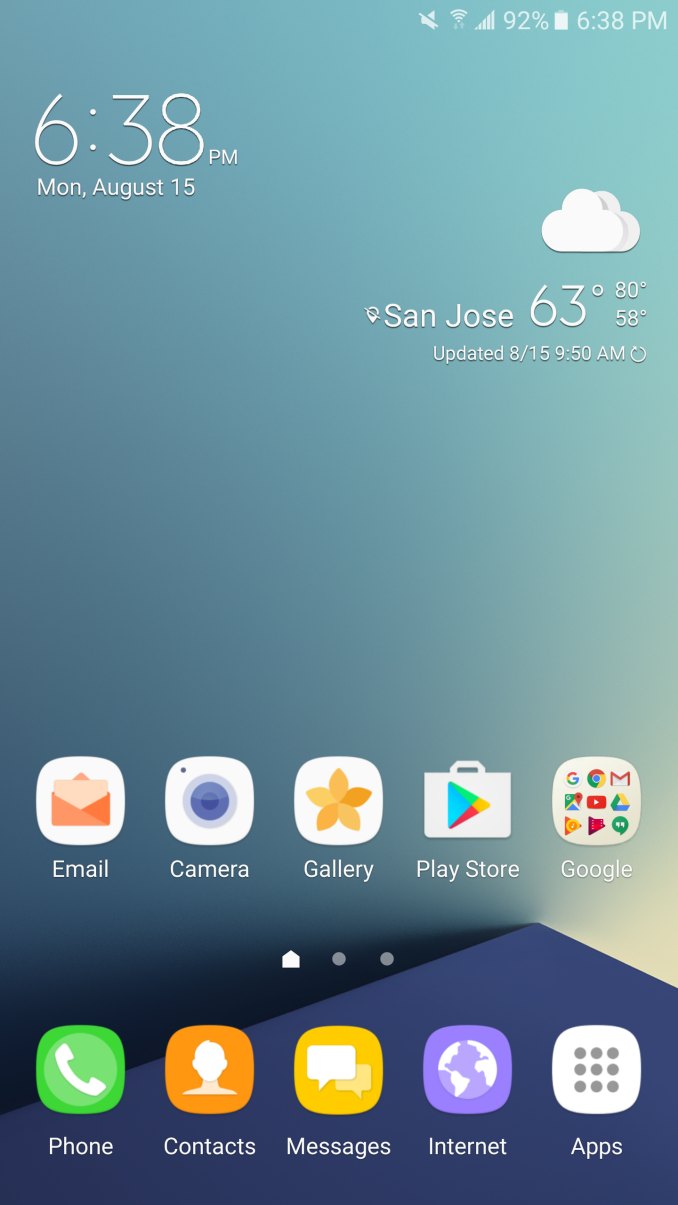

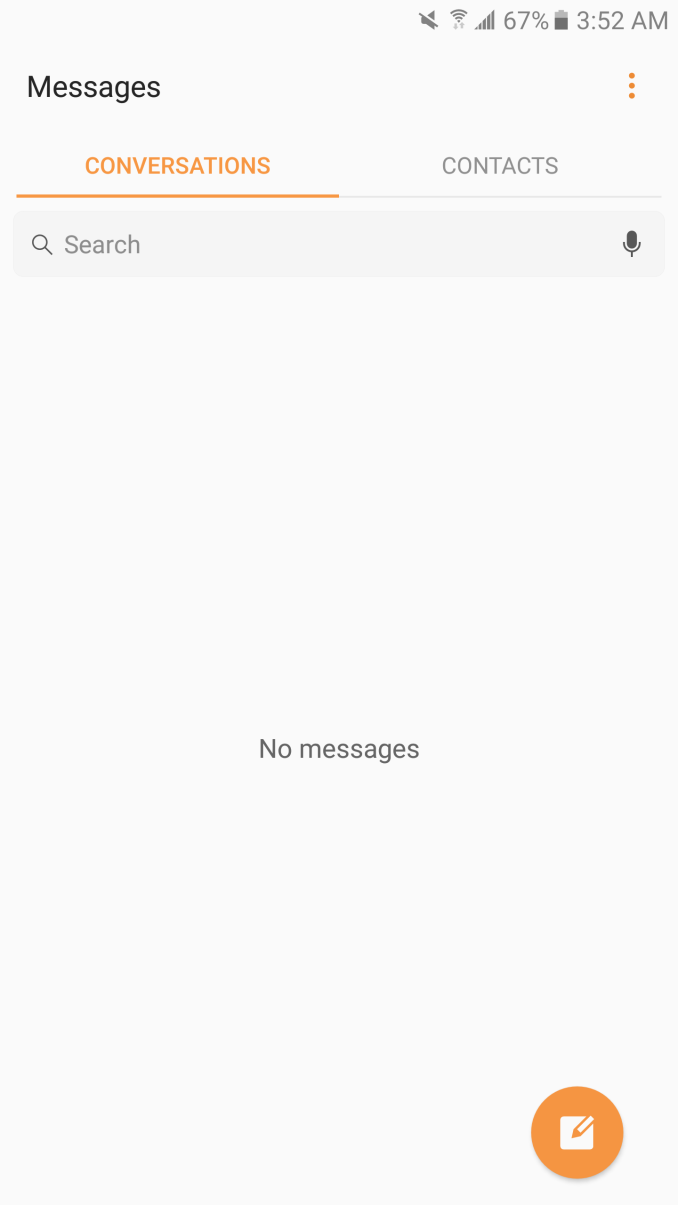
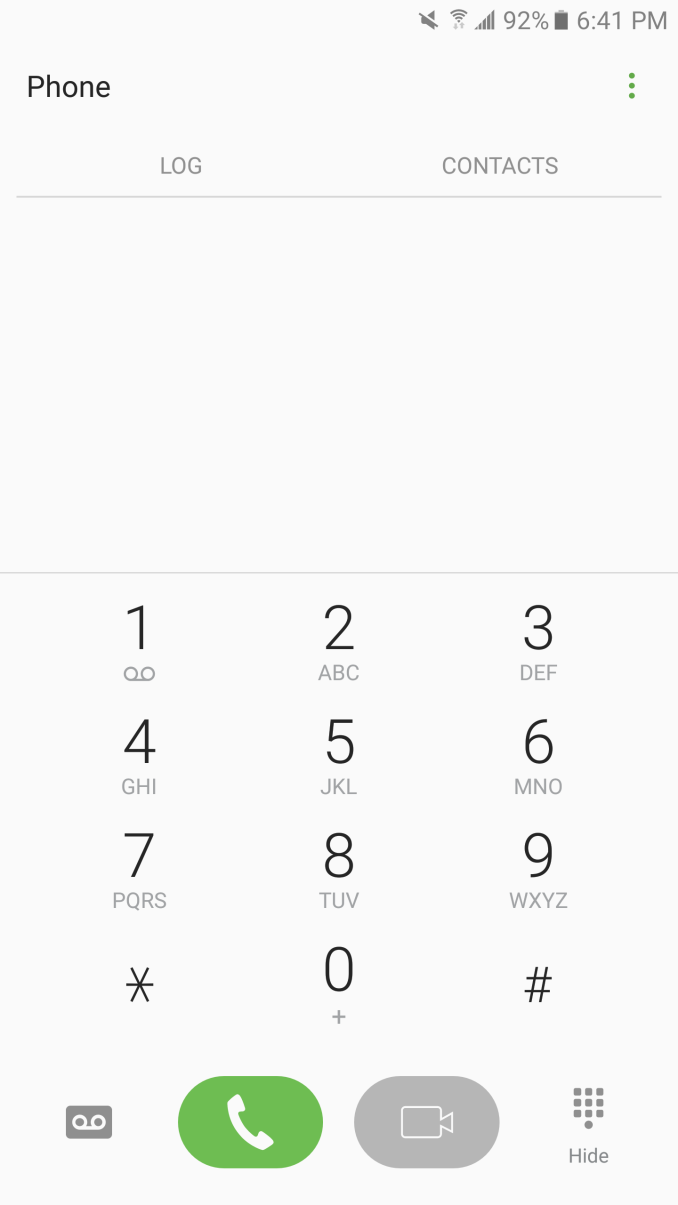
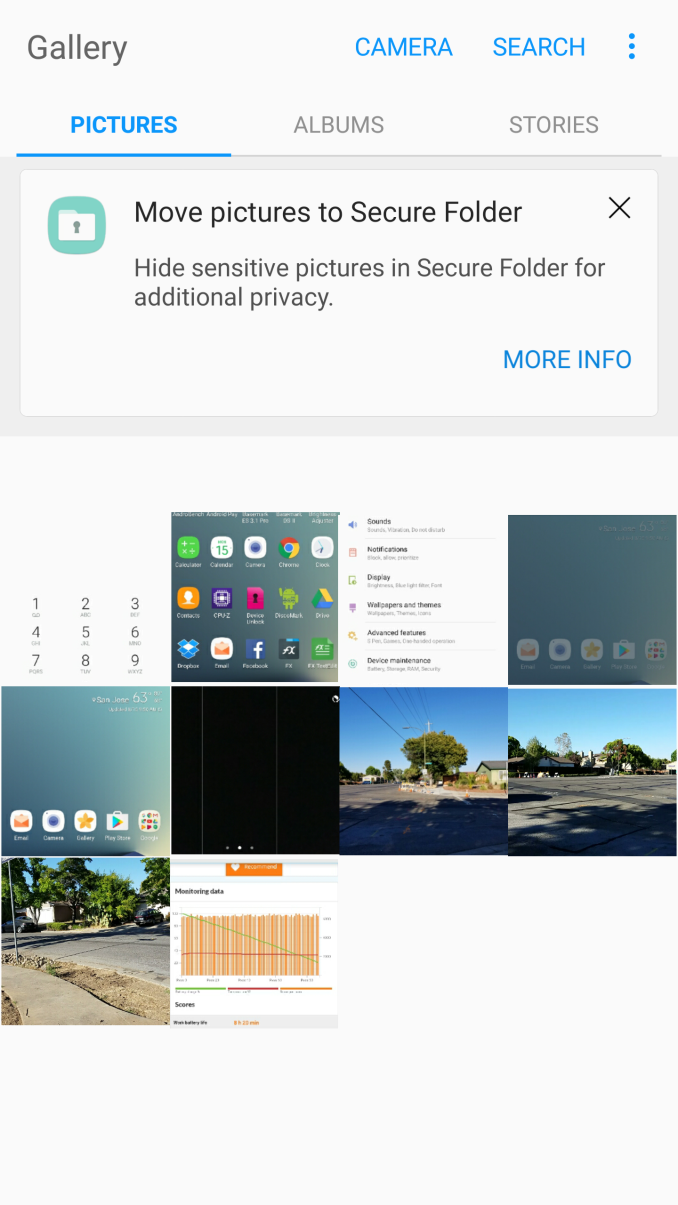
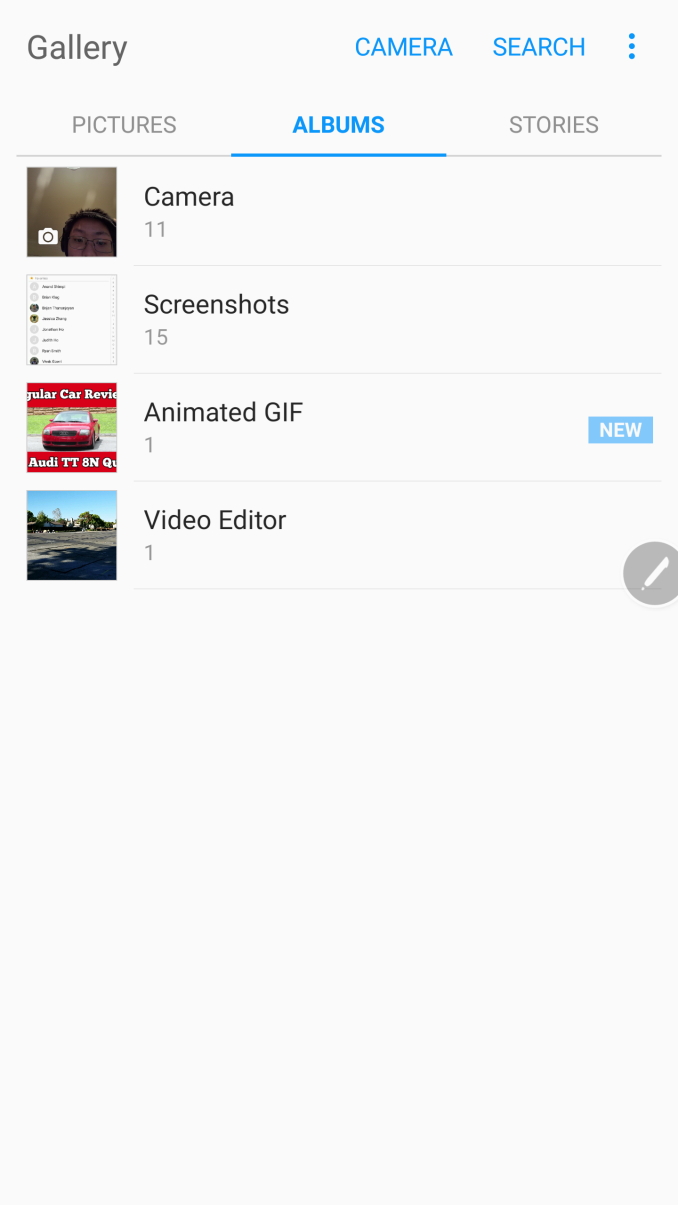


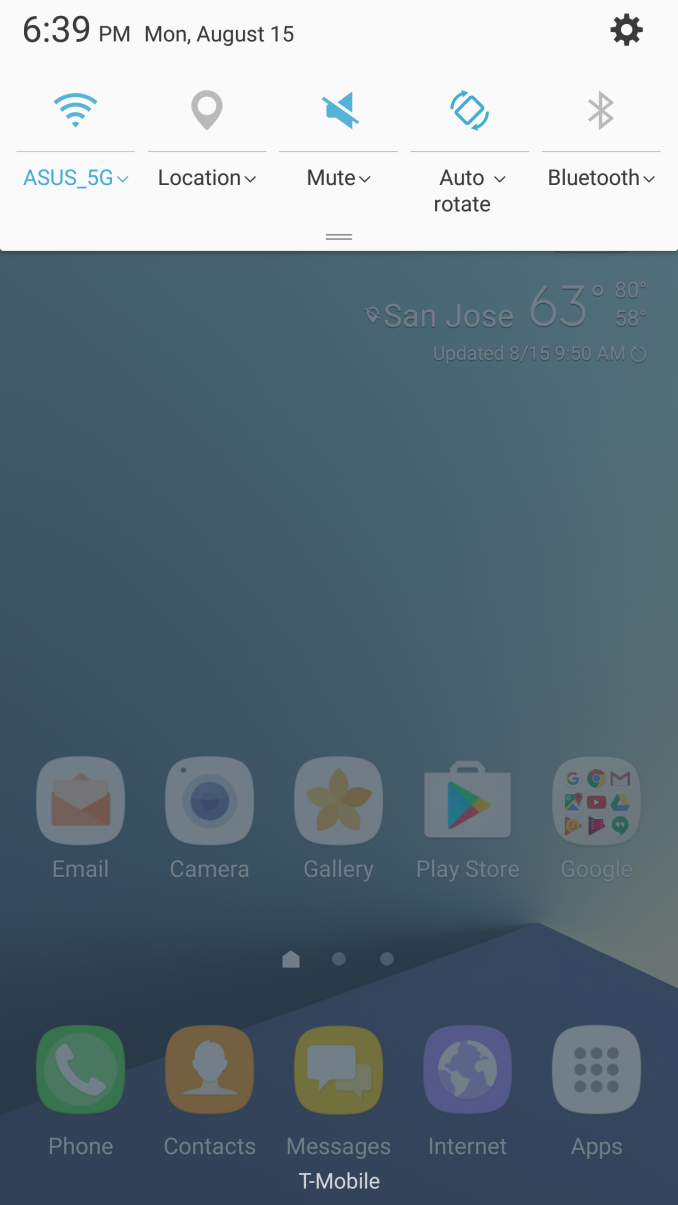
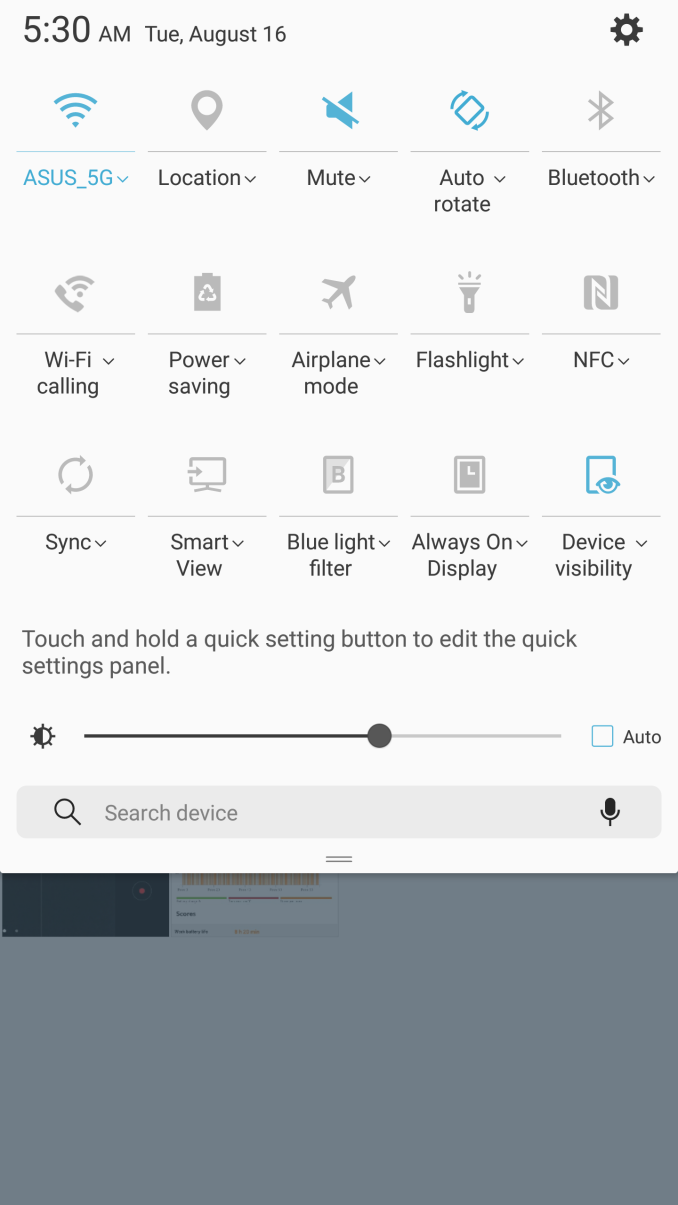
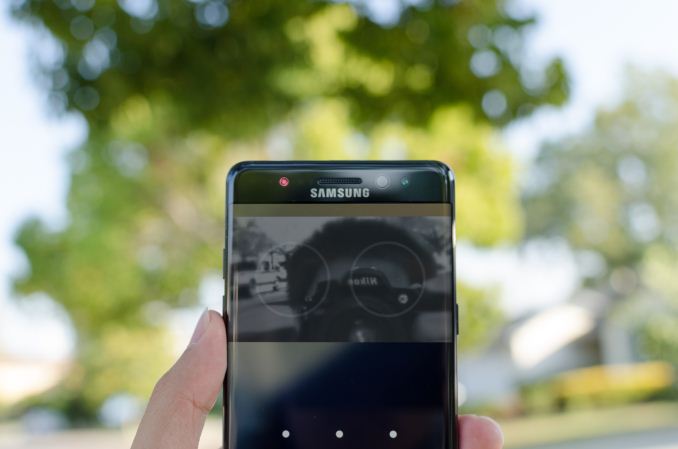



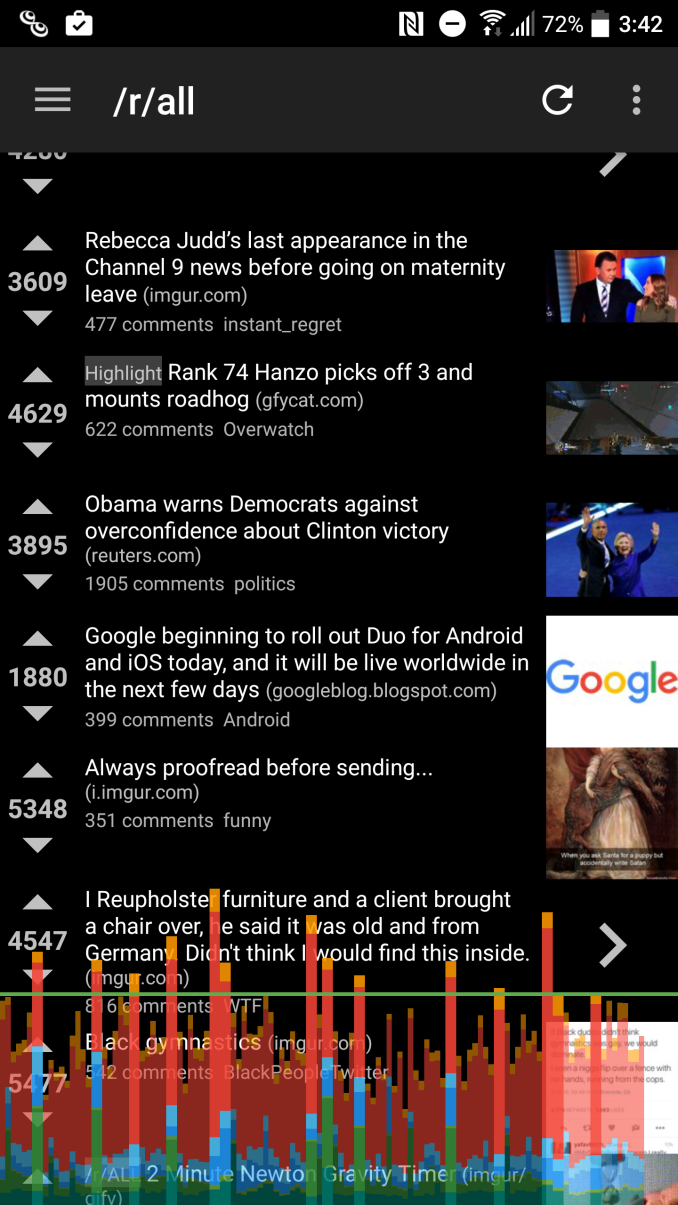








202 Comments
View All Comments
KoolAidMan1 - Tuesday, August 16, 2016 - link
Apple is also responsible for Android's abysmal security and its impending botnet apocalypse.#illuminati
Bluetooth - Tuesday, August 16, 2016 - link
iPhone is twice as fast with the Google Octane benchmark which is the closest to real world usage. I didn't know that Google was optimising their benchmark to make iOS phones leave Android in the dust.trparky - Wednesday, August 17, 2016 - link
Yeah, I was looking at some of the benchmark numbers and the first thing that came to my mind was "Apple is killing them here, they're just killing them!"This is supposed to be the latest and greatest CPU/GPU combination and yet Apple's year old CPU/GPU combination is wiping the floor with Samsung's new phone. Not only is Apple killing them in the browser benchmarks but also in Basemark tests as well. If I was a Samsung fan boy I would be asking why the hell a year old device (iPhone 6s) is seemingly faster than my latest and greatest flagship device.
Now, a number of users are saying that may be because of the CPU governor that Samsung chose to use as the default CPU governor so as to improve overall battery life but as we can see in some of the benchmarks, Apple is killing them yet the iPhone doesn't at all have issues with battery life. So again, why is Apple killing them with a year old device?
God, if the benchmarks look this ugly when compared to the year old iPhone 6s I can't imagine how bad it's going to be when compared to the new chip Apple is going to have in the new iPhone 7 (or whatever it's going to be called). If I had to hazard a guess, it's going to be an absolute bloodbath.
jospoortvliet - Thursday, August 18, 2016 - link
Everyone should know by now that in single threaded use apple is miles ahead of any android vendors, period. Same with storage performance. Multicore performance, which thankfully is a little more important on Android than on iOS, is better with exynos and friends but that is only a little consolation.Psyside - Sunday, August 21, 2016 - link
That is pure BS, i got the 8890 S7 and its utterly fantastic and uber fast.jlabelle2 - Monday, August 22, 2016 - link
Still, it is a little bit sad that, as an iPhone user myself (corporate phone as I am using a Windows phone as a private own), it is now the only thing Apple fans can really brag about. Especially considering that it does not offer any appreciable benefit as most modern flagships are anyway in all practical purpose quick enough for what we are using them.Apple can continue to push this CPU race, we just reached a point of diminish return and this is really not what mobile phone needs now.
People needs smaller phone for a given screen size (iPhone has huge bezel and the Note 7 is a marvel on this regard), they need more battery life and/or better or quicker way to charge (quick charging, wireless charging), they need screen readable outdoor with good contrast (iPhone is good outdoor but contrast is not up to OLED level), they need to be able to perform tasks quicker (camera hardware button, back button, NFC, ...), they need to be able to use their phone with one hand (not having the back link or all the buttons on top like on iOS), they need to be able to take the best pictures possible because this is the camera they are wearing (Apple is still really pushing the envelope with refusing to put a decent camera size sensor in their phone for whatever sake of thinness)...
Let's be frank, I do not know one single person with a big of brain and common sense that would choose an iPhone versus another Snapdragon 820 or Exynote xxx just for the sake of difference of single thread CPU speed. That is just NOT an argument that register in any meaningful way these days to normal people.
grayson_carr - Tuesday, August 16, 2016 - link
How would that help? Even the Exynos S7 doesn't run as smooth as the Moto Z, which is pushing just as many pixels and has s Snapdragon 820. There are two issues, neither of which is the fault of the SD820. First, Samsung phones are bloated with a ridiculous number of features and background services running, which requires more processing power than something running a cleaner build of Android like the Moto Z or a Nexus. Second, because of the extra overhead caused by their software, Samsung has to limit the performance of their chips (both Exynos and Snapdragon) via kernel / governor configuration in order to get good battery life. Samsung could easily tweak the SD820 so that the Note 7 ran perfectly smooth and hardly ever dropped frames. The SD820 is easily capable of that. But if they did that, then the Note 7 would get below average battery life. It's all about priorities. Samsung is betting that their users will prefer good battery life and some minor stuttering here and there over below average battery life and a perfectly smooth UI. I mean, yes, the Exynos is more efficient than the SD820 so they didn't have to limit its performance quite as much to achieve good battery life, but even the Exynos is performing far below it's potential because of Samsung's heavy software and desire for good battery life. The fact that the Moto Z runs smoother than even the Exynos S7 is proof.mrochester - Wednesday, August 17, 2016 - link
Why can't we have both like the iPhone? Too many compromises.Psyside - Sunday, August 21, 2016 - link
NVMe storage, the A9 is far bellow 8890, the storage is the key.trparky - Wednesday, August 17, 2016 - link
But that doesn't explain why the iPhone 6s appears to be wiping the floor with this device and yet iPhone 6s users often enjoy some of the best battery life numbers in the industry.Again, as I said above... If I was a Samsung fan boy I would be asking why the hell a year old device (iPhone 6s) is seemingly faster than my latest and greatest flagship device.